The santur, a traditional Persian hammered dulcimer, is renowned for its intricate construction and mesmerizing sound. Among its many components, the arrangement of the rosewood bridges (or "kharak" in Persian) plays a pivotal role in shaping the instrument's tonal quality and playability. These bridges, meticulously placed along the soundboard, are not merely functional but also reflect centuries of acoustic refinement and cultural artistry.
Rosewood, prized for its density and resonance, is the material of choice for santur bridges. The wood's ability to transmit vibrations efficiently ensures that the strings' energy is transferred to the soundboard with minimal loss, producing a bright yet warm tone. Each bridge is carefully carved and positioned to divide the strings into specific lengths, determining the pitch of each note. The precision of this arrangement is critical; even a millimeter's deviation can alter the instrument's intonation.
The traditional santur features two sets of bridges: one for the bass strings and another for the treble. The bass bridges are typically taller and broader, accommodating the thicker strings and lower frequencies. In contrast, the treble bridges are slimmer and shorter, designed to support the thinner, higher-pitched strings. This dual-bridge system allows the santur to cover a wide tonal range, from deep, resonant lows to sparkling, crystalline highs.
What makes the santur's bridge arrangement unique is its adherence to the Persian musical system, particularly the "dastgah" modal framework. The bridges are spaced according to the intervals of these modes, ensuring that the instrument naturally favors the microtonal nuances central to Persian music. This is a stark contrast to Western hammered dulcimers, which are tuned to the chromatic scale. The santur's bridges, therefore, are not just physical supports but also cultural signifiers, embedding the instrument's identity within Iran's musical heritage.
The process of positioning the bridges is both an art and a science. Luthiers often rely on a combination of mathematical calculations and ear-tuning to achieve the perfect placement. The bridges must be aligned so that the strings' vibrating lengths correspond precisely to the desired pitches. This requires an intimate understanding of the santur's geometry and the acoustic properties of rosewood. Even the angle at which the bridges are placed can affect the string's contact point, influencing sustain and timbre.
Over time, the santur's bridge arrangement has evolved to accommodate modern playing techniques and musical styles. Some contemporary makers experiment with slight adjustments to the traditional spacing, allowing for extended tonal possibilities or easier playability. However, purists argue that any deviation from the classical layout risks diluting the santur's authentic sound. This tension between innovation and tradition is a recurring theme in discussions about the instrument's construction.
Maintaining the bridges is another aspect that demands attention. Due to the constant pressure exerted by the strings, rosewood bridges can develop grooves or warp over time. Regular upkeep, including sanding and resealing, is necessary to preserve their integrity. Some players even keep spare bridges on hand, as replacing a worn bridge can dramatically restore the santur's sound quality.
The cultural significance of the santur's bridge arrangement cannot be overstated. In Persian poetry and art, the instrument is often depicted as a symbol of harmony and precision, qualities embodied by the meticulous placement of its bridges. The rosewood bridges, with their elegant curvature and polished surfaces, are a testament to the craftsmanship that has been passed down through generations of Iranian luthiers.
For performers, the bridges are more than just functional components; they are touchpoints that connect the player to the santur's soul. The act of striking the strings near the bridges produces distinct overtones, a technique often used to add color and emotion to a performance. Mastery of these subtle variations is what separates a skilled santur player from a novice.
In recent years, there has been growing interest in the santur outside Iran, with musicians and scholars studying its unique design. The rosewood bridges, in particular, have become a focal point for those seeking to understand how the instrument produces its characteristic sound. Workshops and tutorials on santur construction often emphasize the importance of bridge placement, highlighting its role in the instrument's acoustic signature.
Ultimately, the arrangement of the rosewood bridges on the santur is a blend of precision, tradition, and artistry. Each bridge is a small but vital part of a larger system that transforms wooden planks and metal strings into a vessel for musical expression. Whether in the hands of a classical maestro or a contemporary innovator, the santur's bridges continue to uphold their legacy as the silent architects of its enchanting voice.

By /Jun 6, 2025

By /Jun 6, 2025

By /Jun 6, 2025
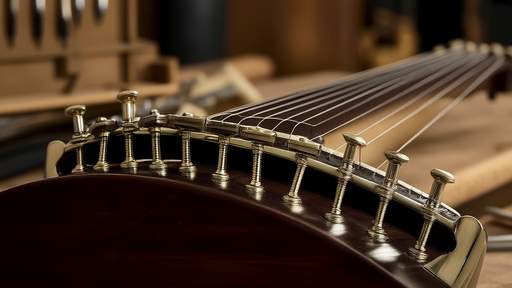
By /Jun 6, 2025
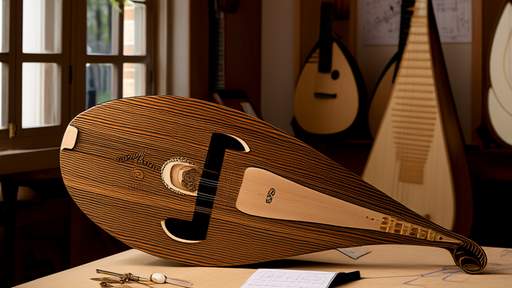
By /Jun 6, 2025

By /Jun 6, 2025
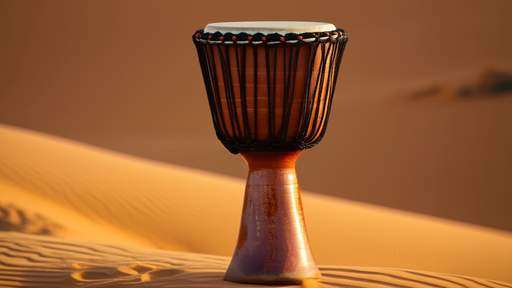
By /Jun 6, 2025

By /Jun 6, 2025

By /Jun 6, 2025

By /Jun 6, 2025

By /Jun 6, 2025

By /Jun 6, 2025
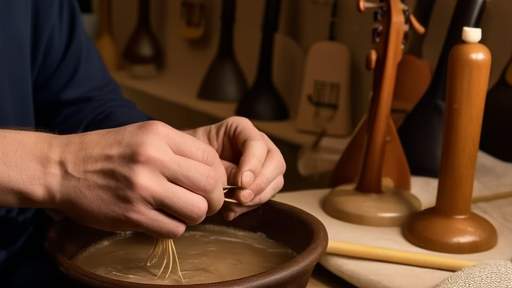
By /Jun 6, 2025

By /Jun 6, 2025
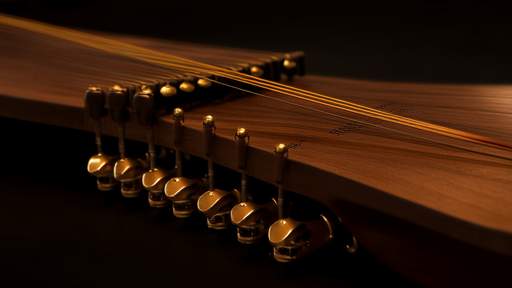
By /Jun 6, 2025
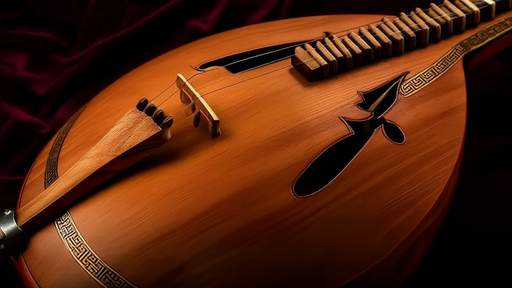
By /Jun 6, 2025

By /Jun 6, 2025
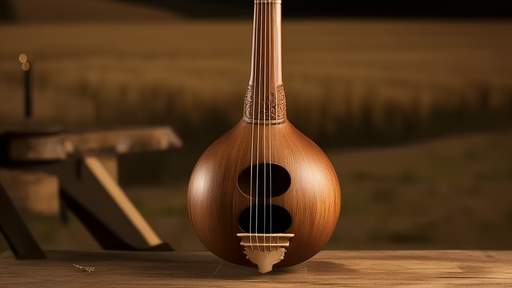
By /Jun 6, 2025

By /Jun 6, 2025
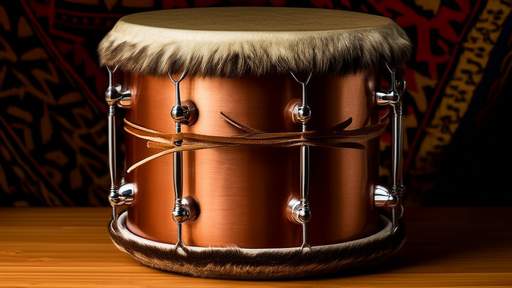
By /Jun 6, 2025